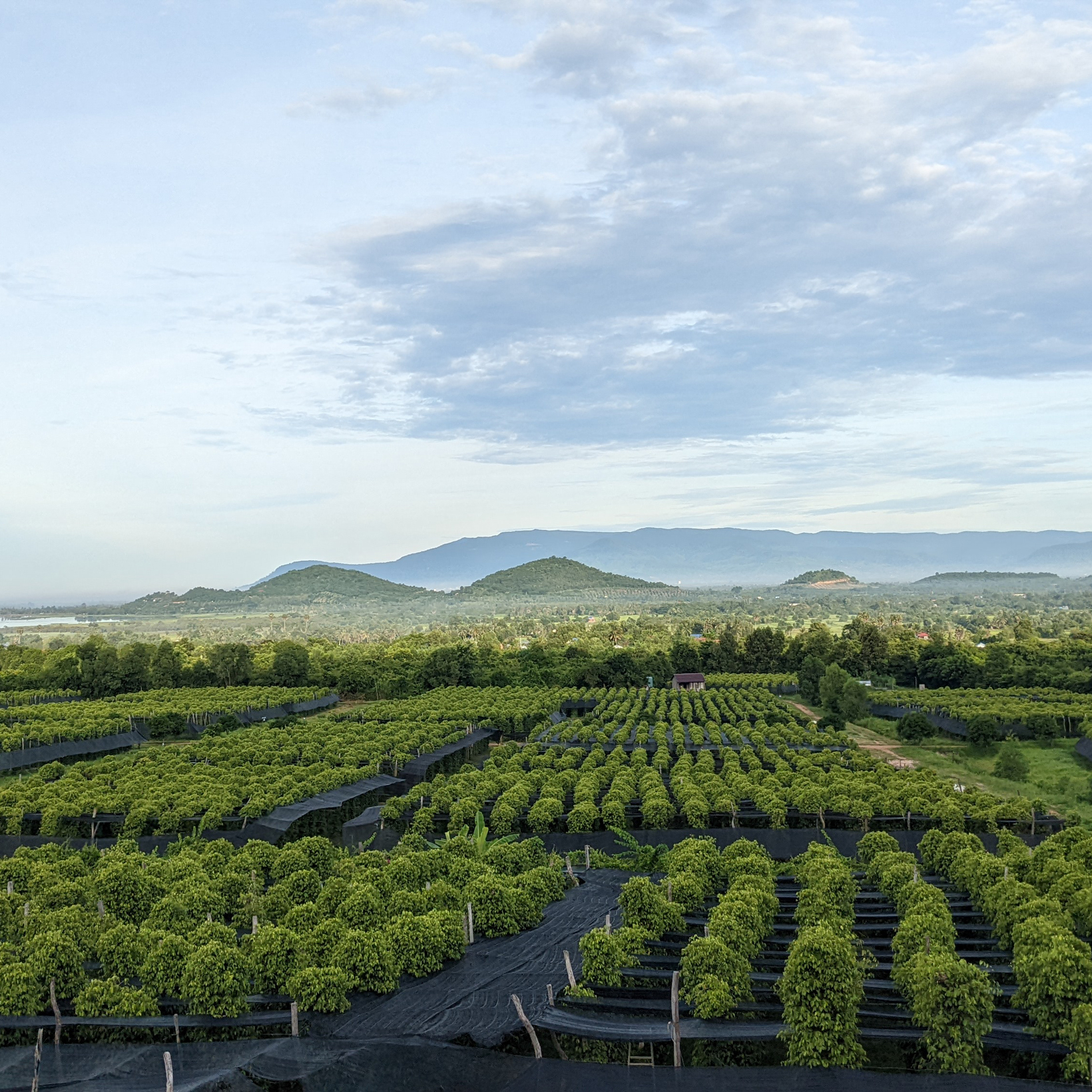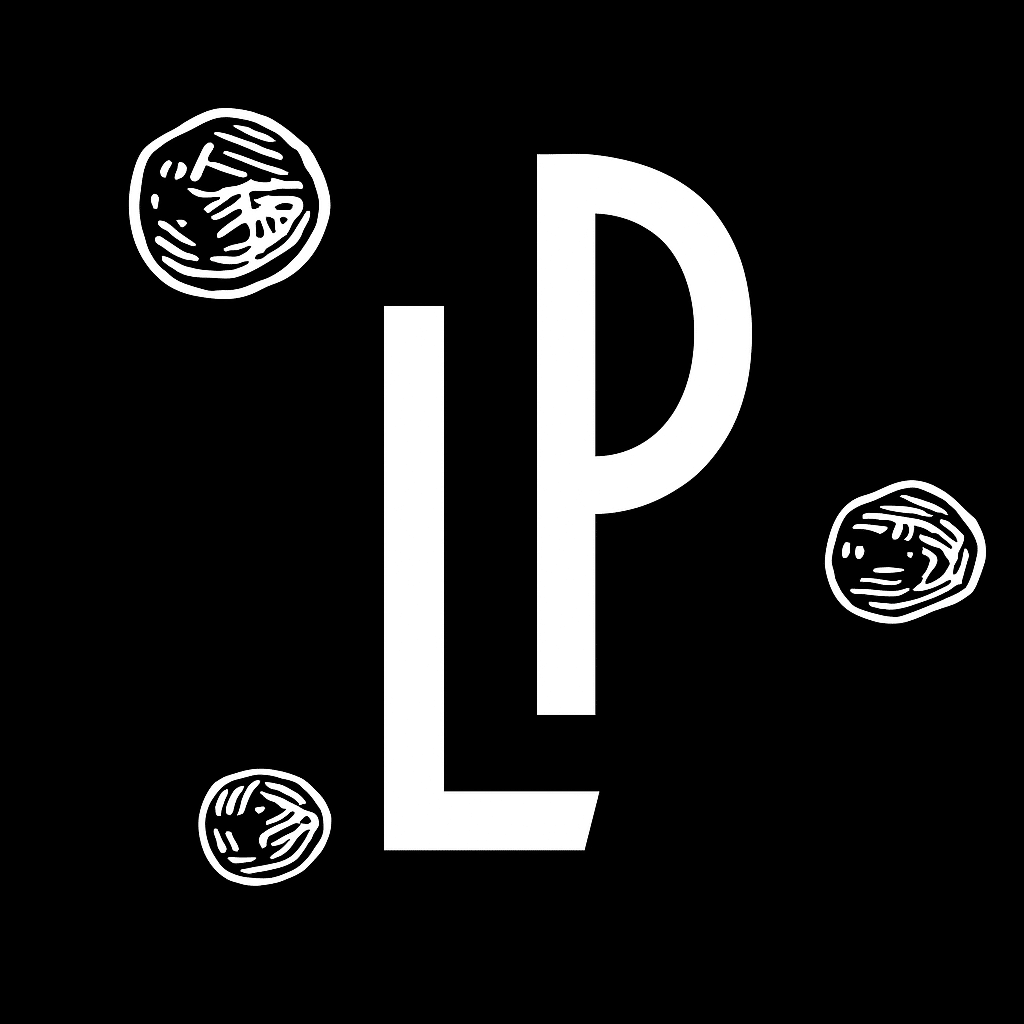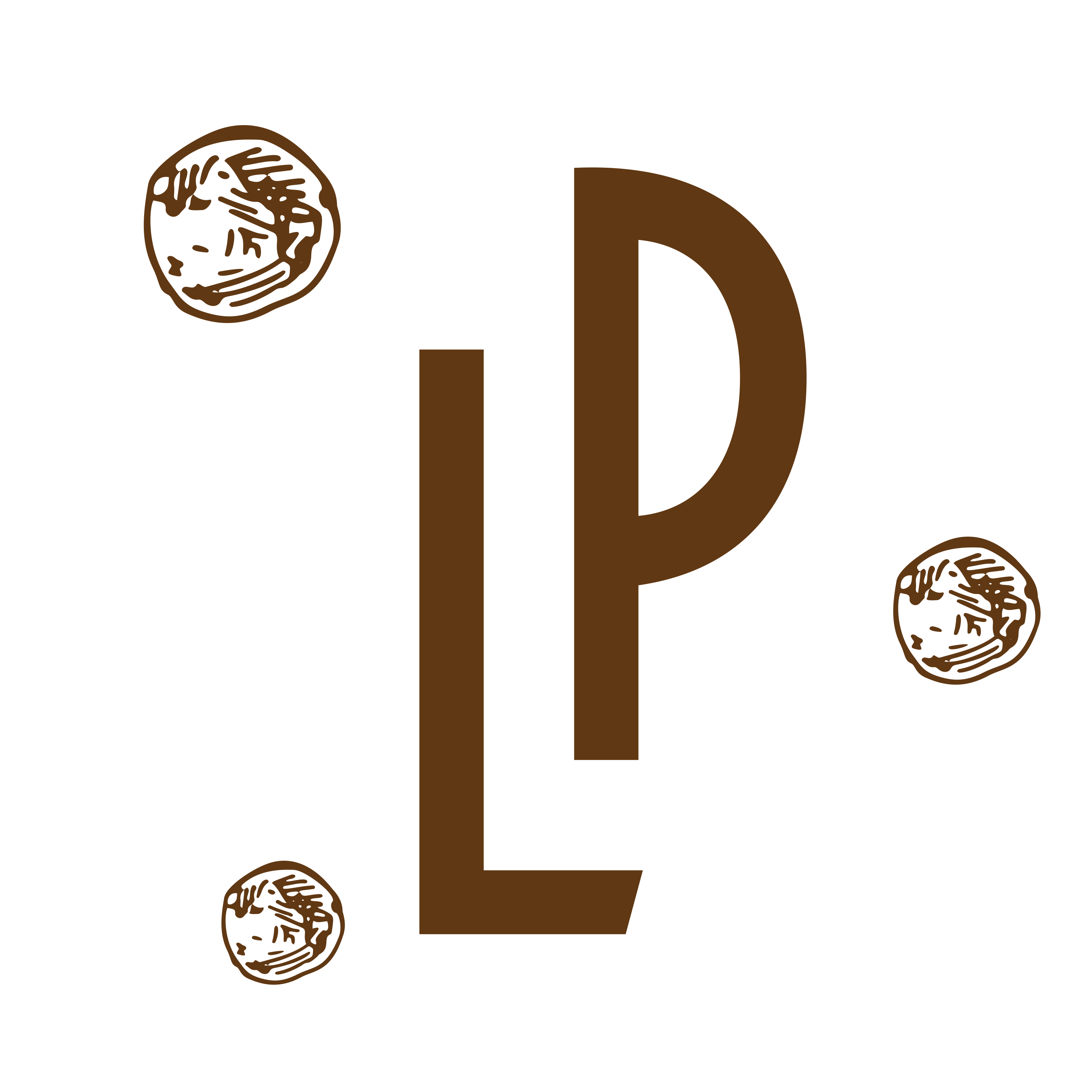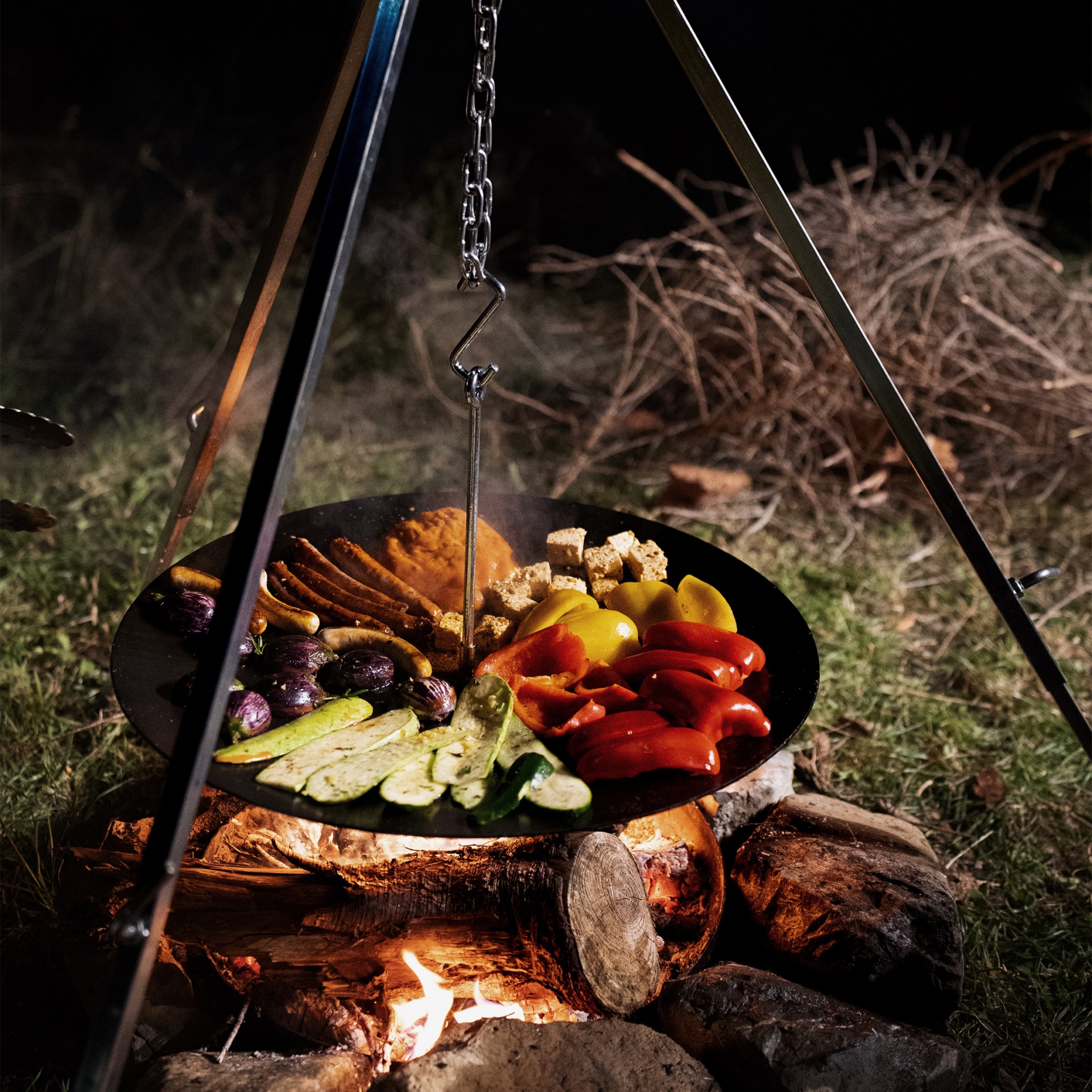
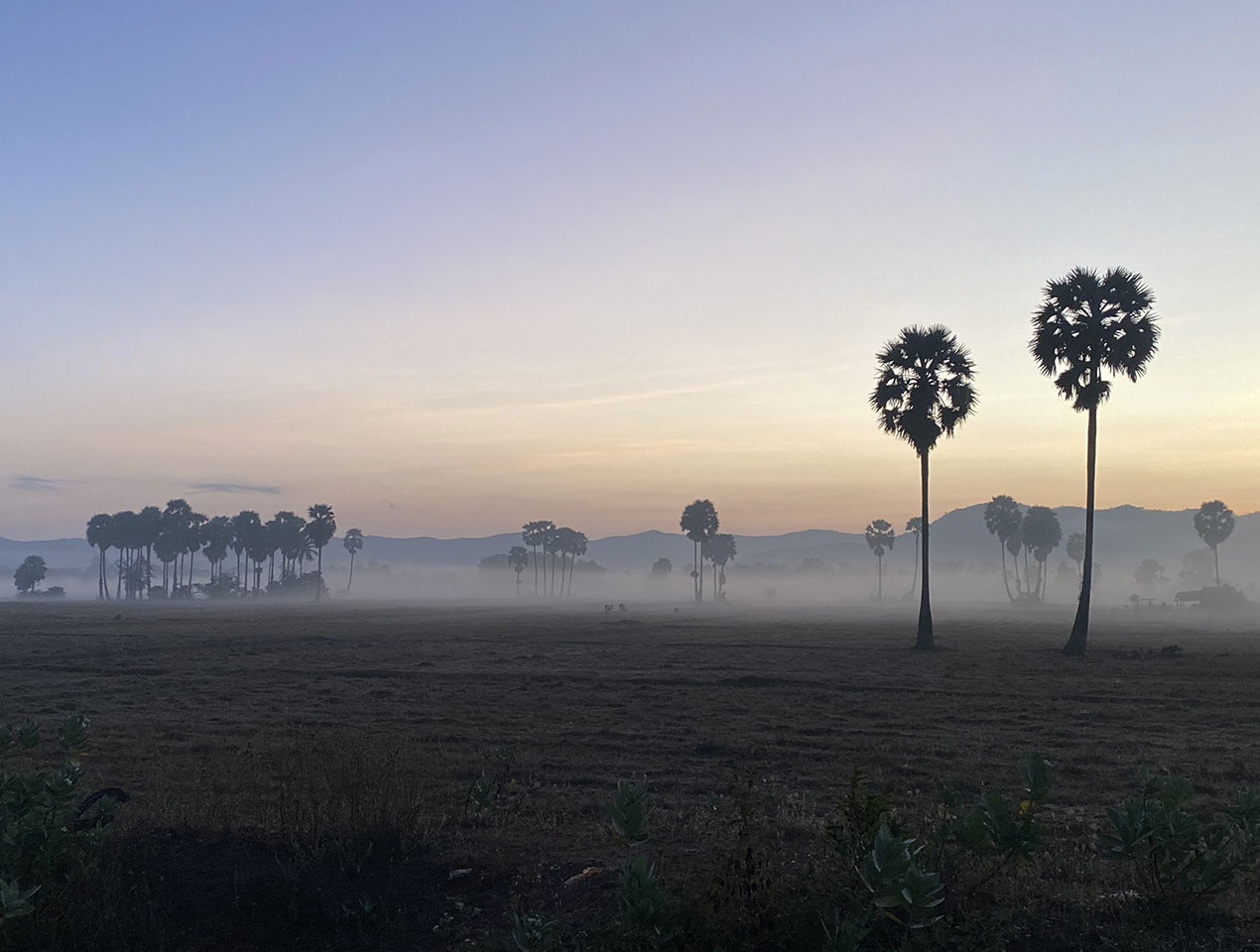
behind the
scenes of La
Plantation

Do not hesitate to read our weekly articles!


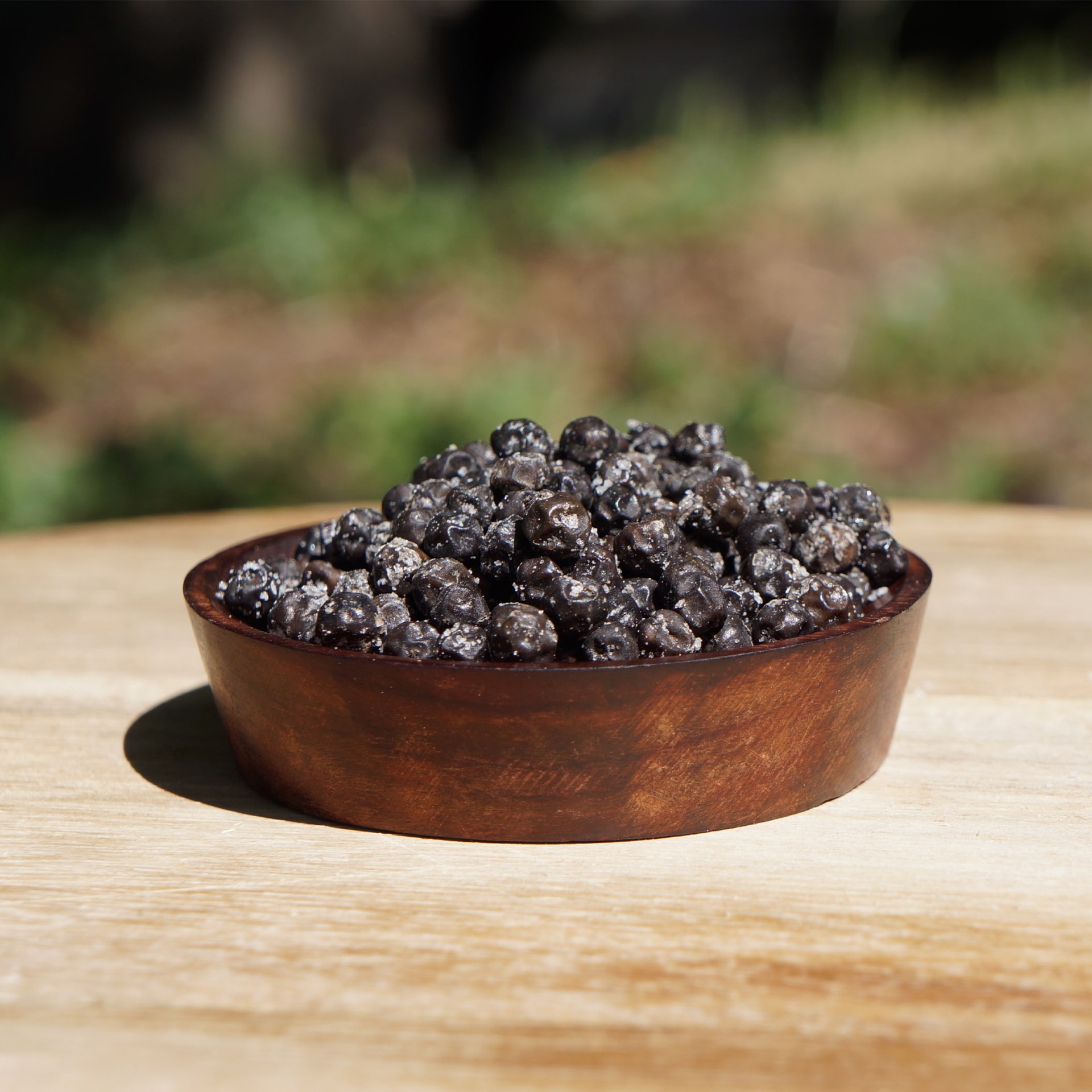
Culinary innovation: Kampong Thom pepper, fermented with salt and smoked
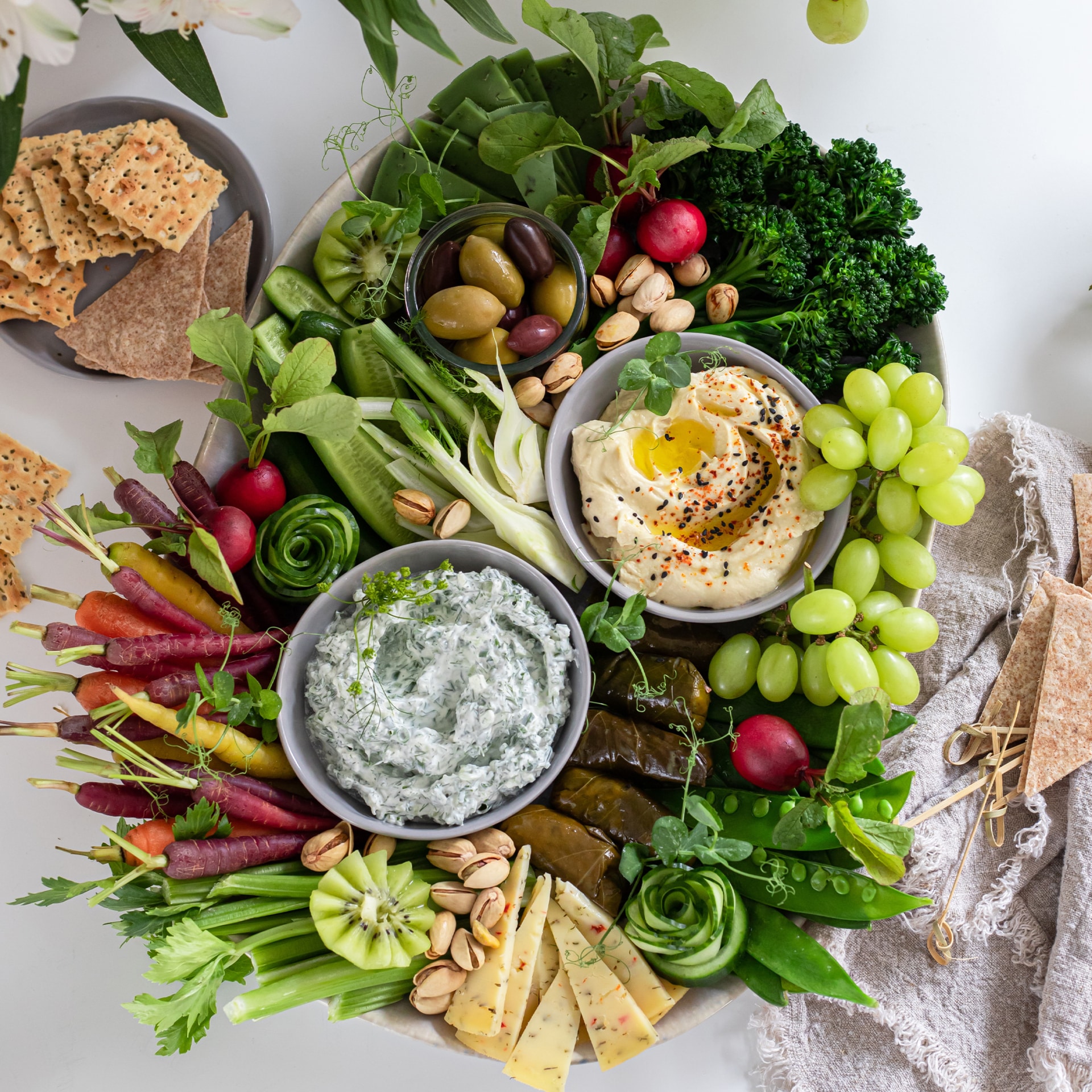
How to pair spices with raw food?
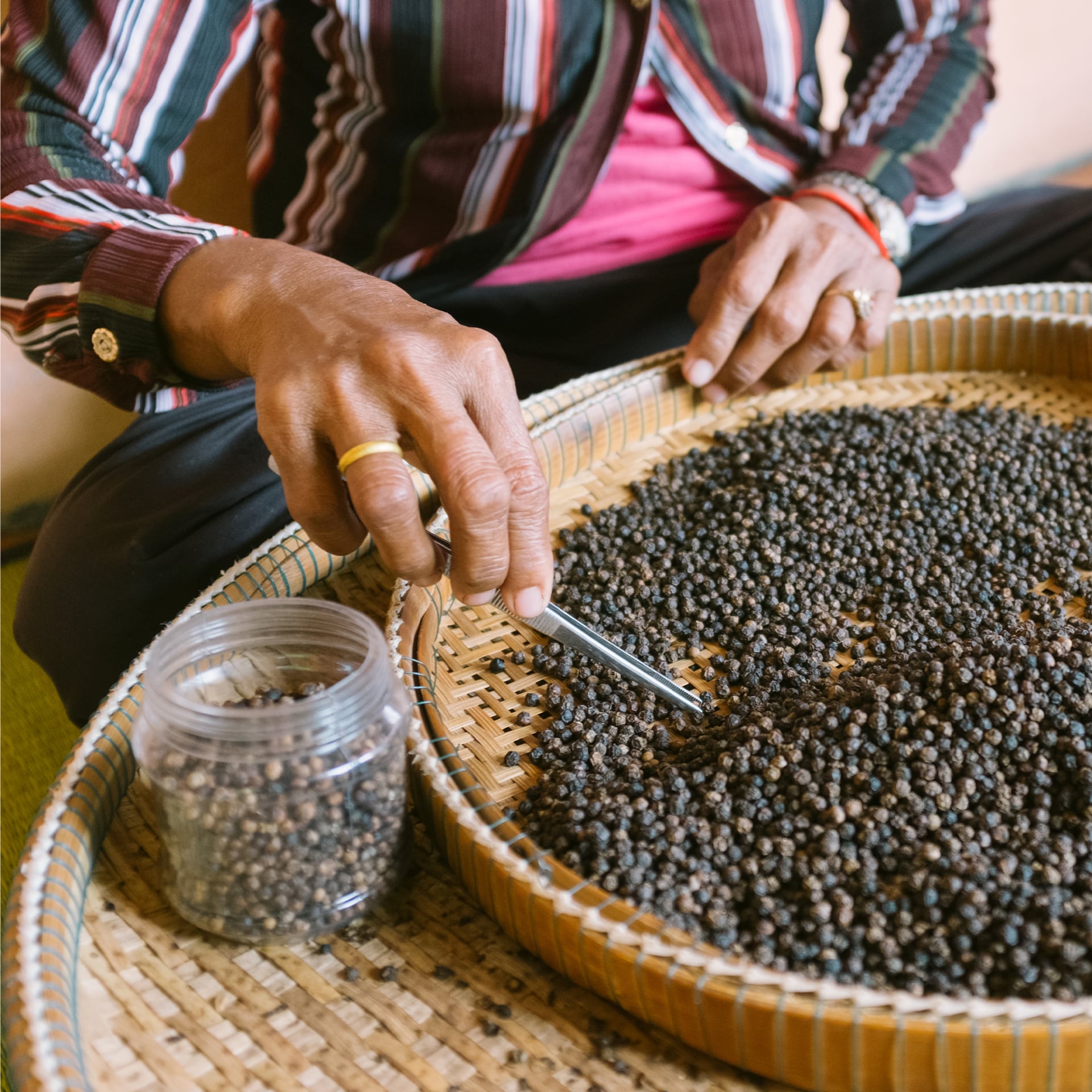
Explore Cambodia’s Rare and Exceptional Peppers
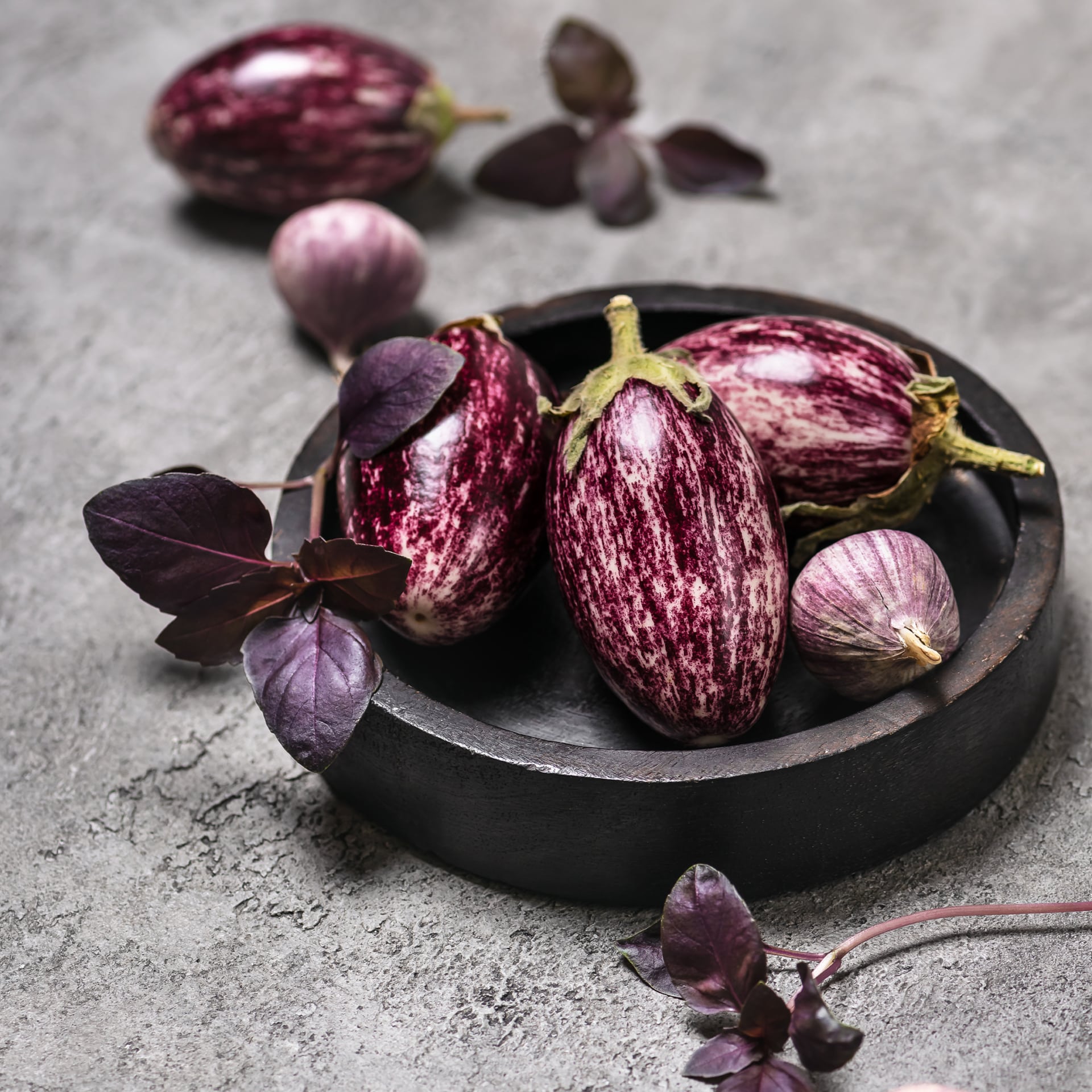
How to spice up eggplant?
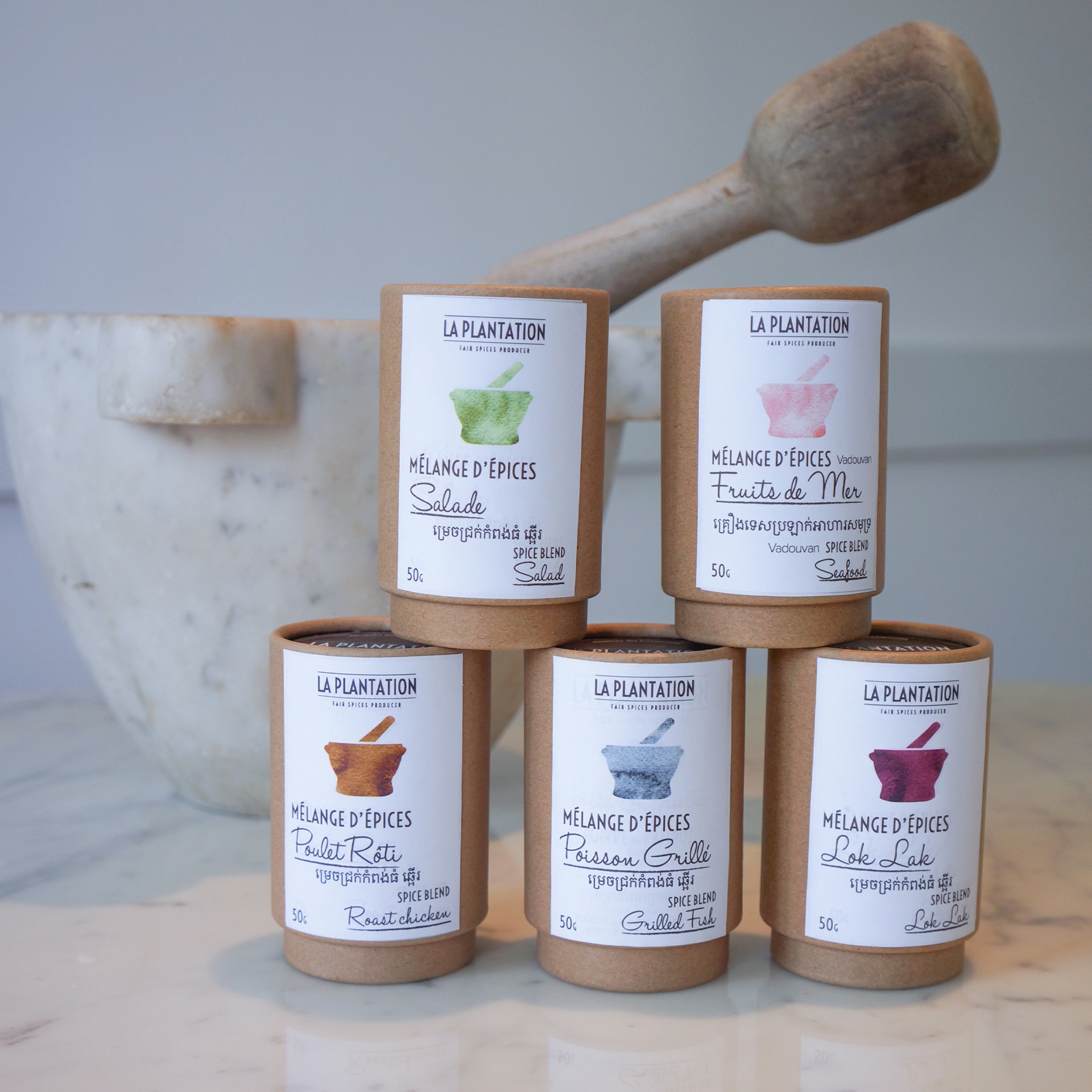
5 Quick spices instant blends for Everyday Cooking
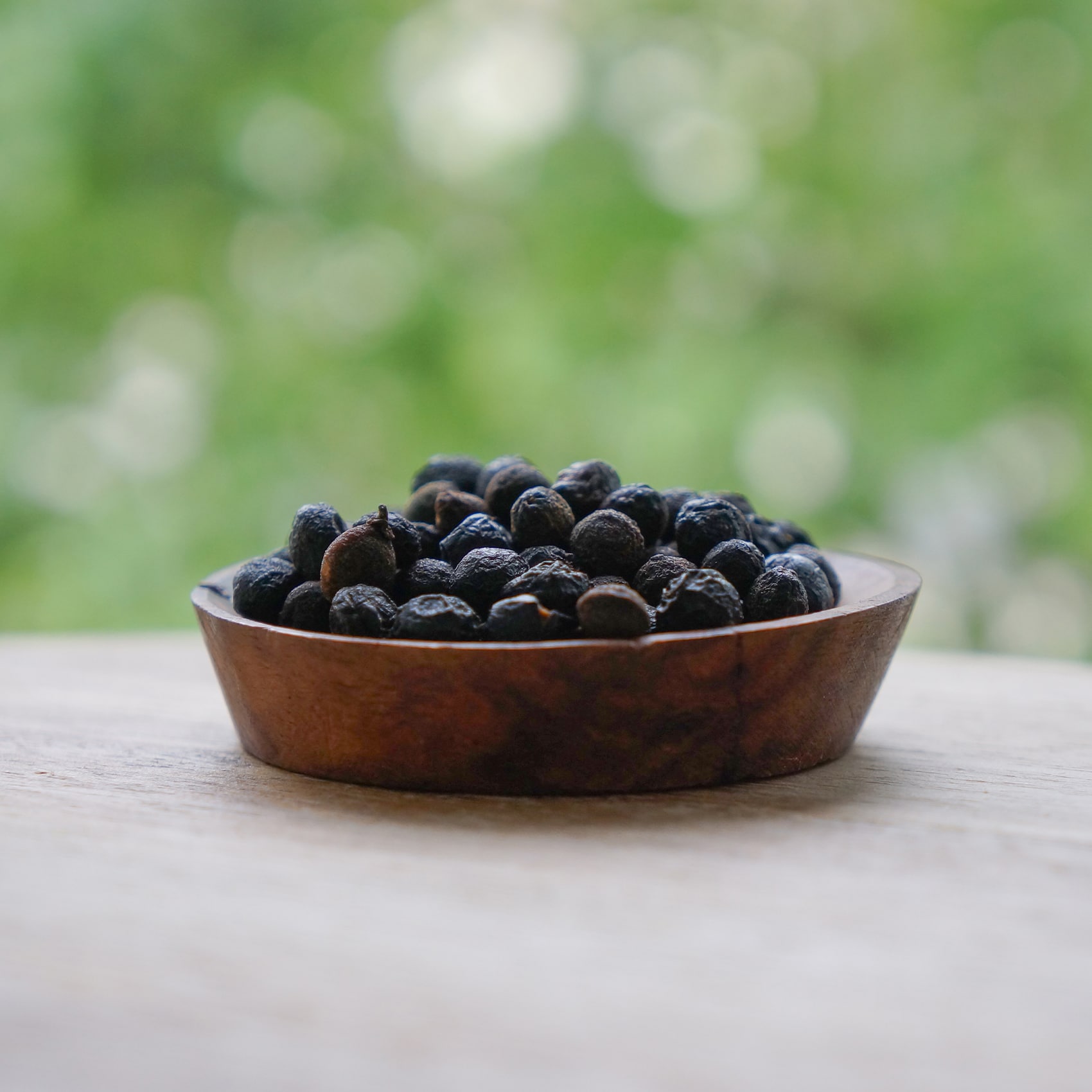
False Peppers: Discover Ma Khen and Verbena Pepper
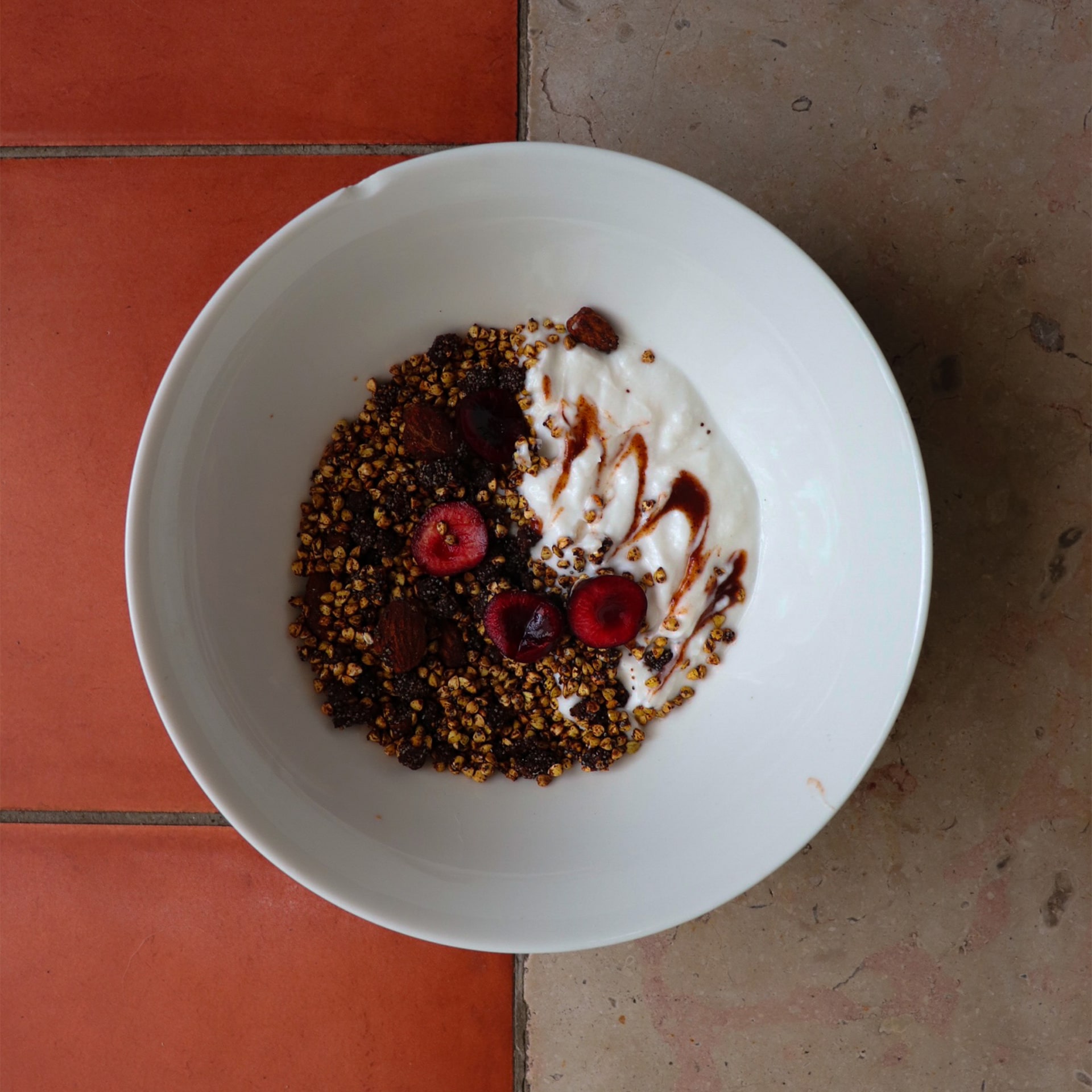
Matching spices and yoghurt
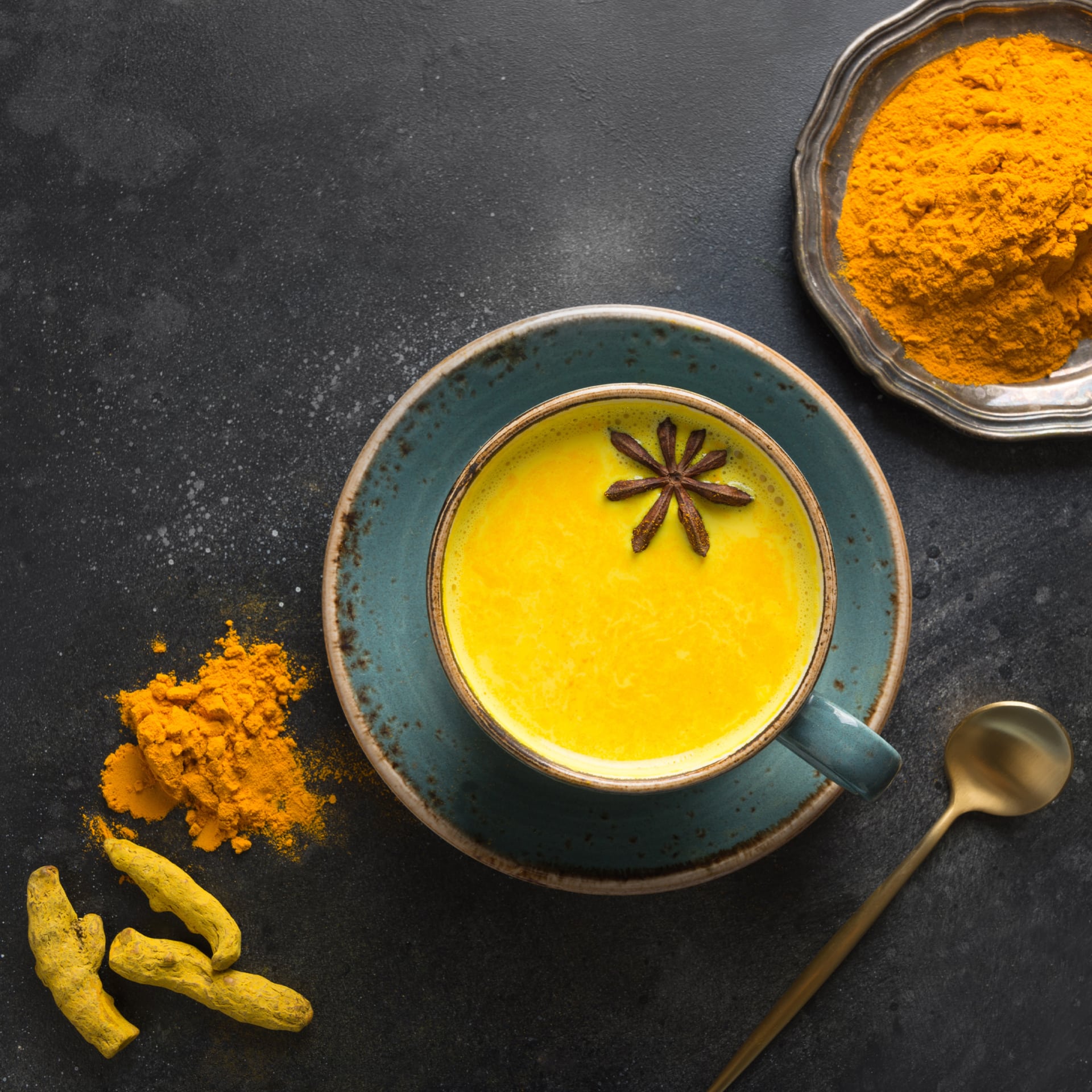
Combining coffee with spices
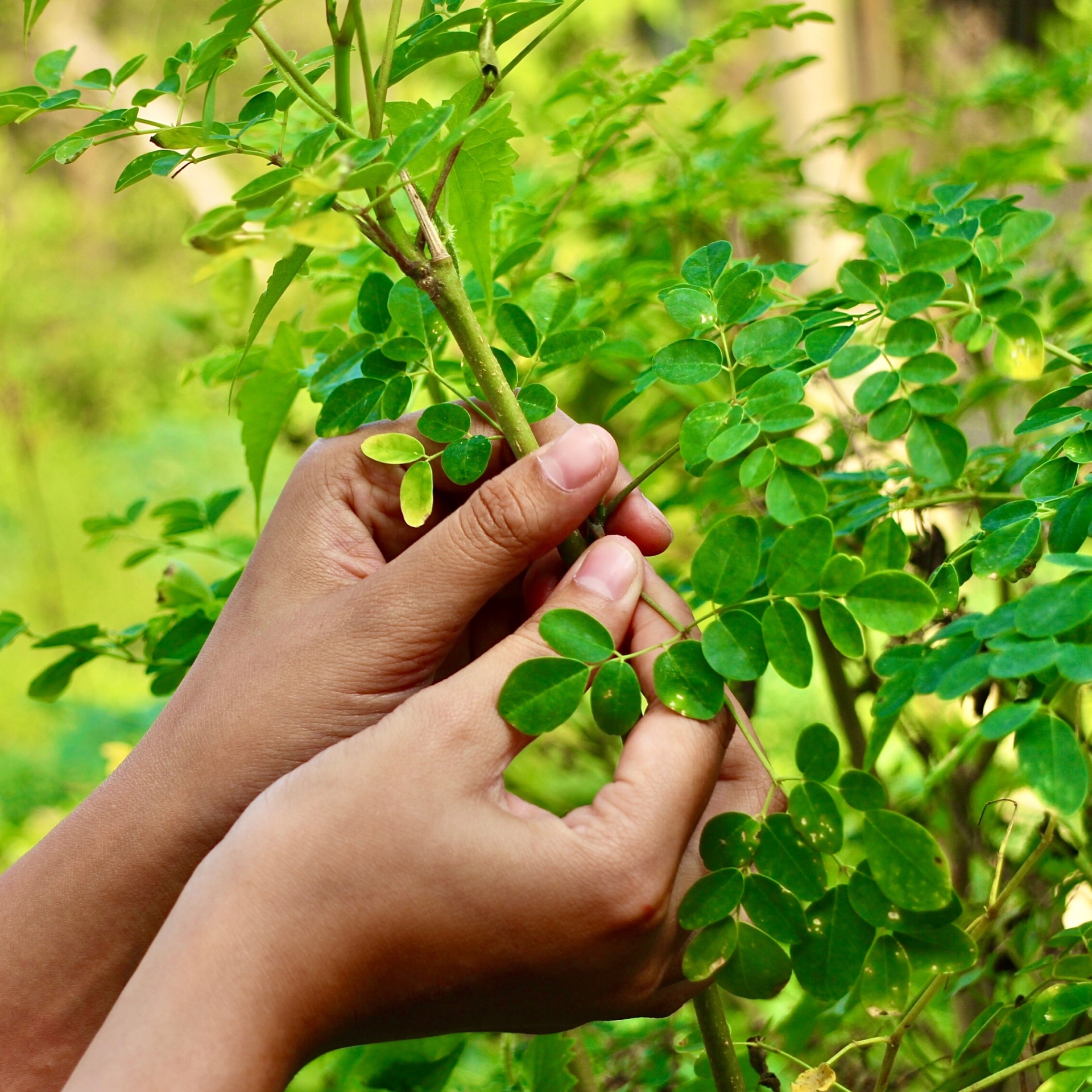
Moringa’s health benefits
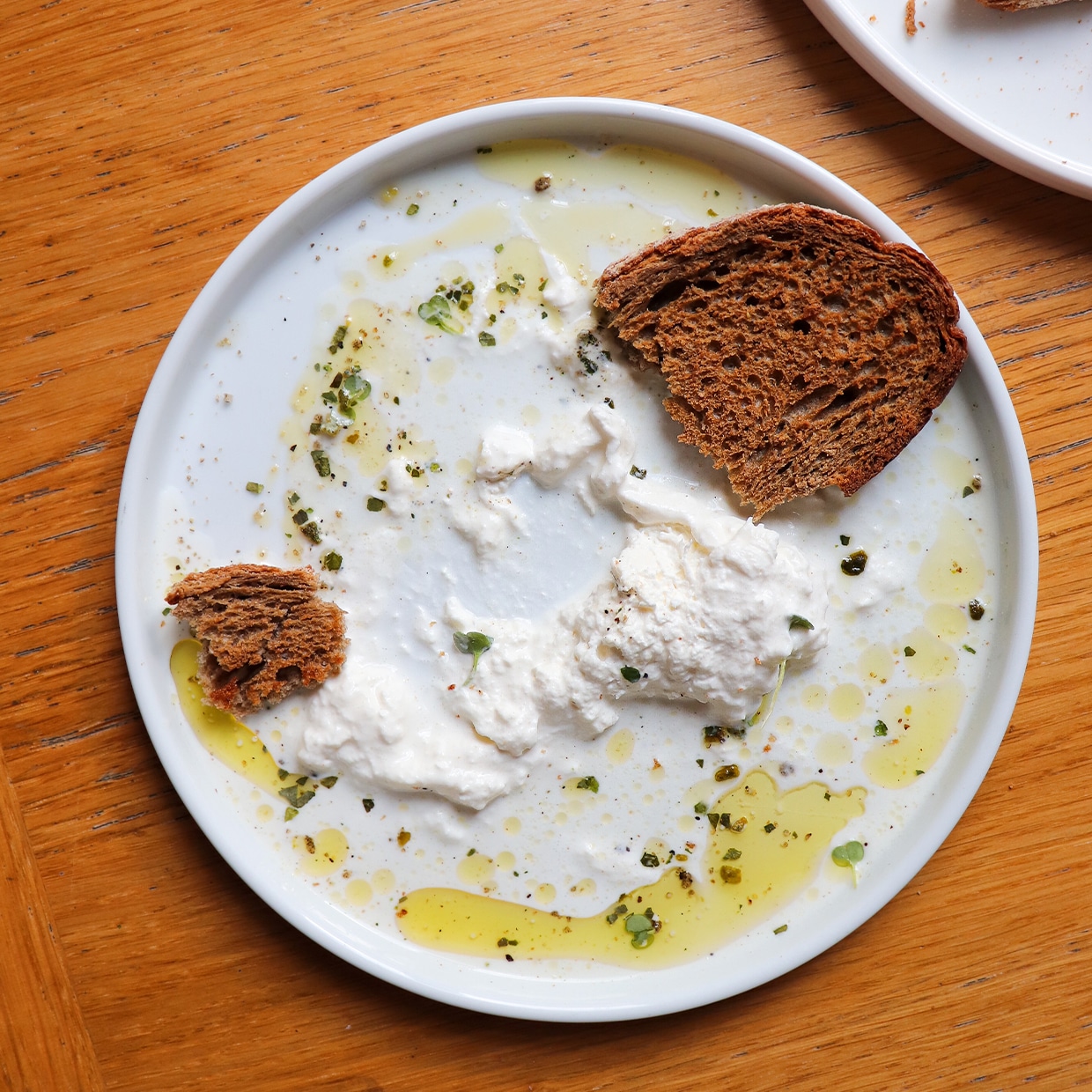
Kaffir lime : How to use it in cooking?
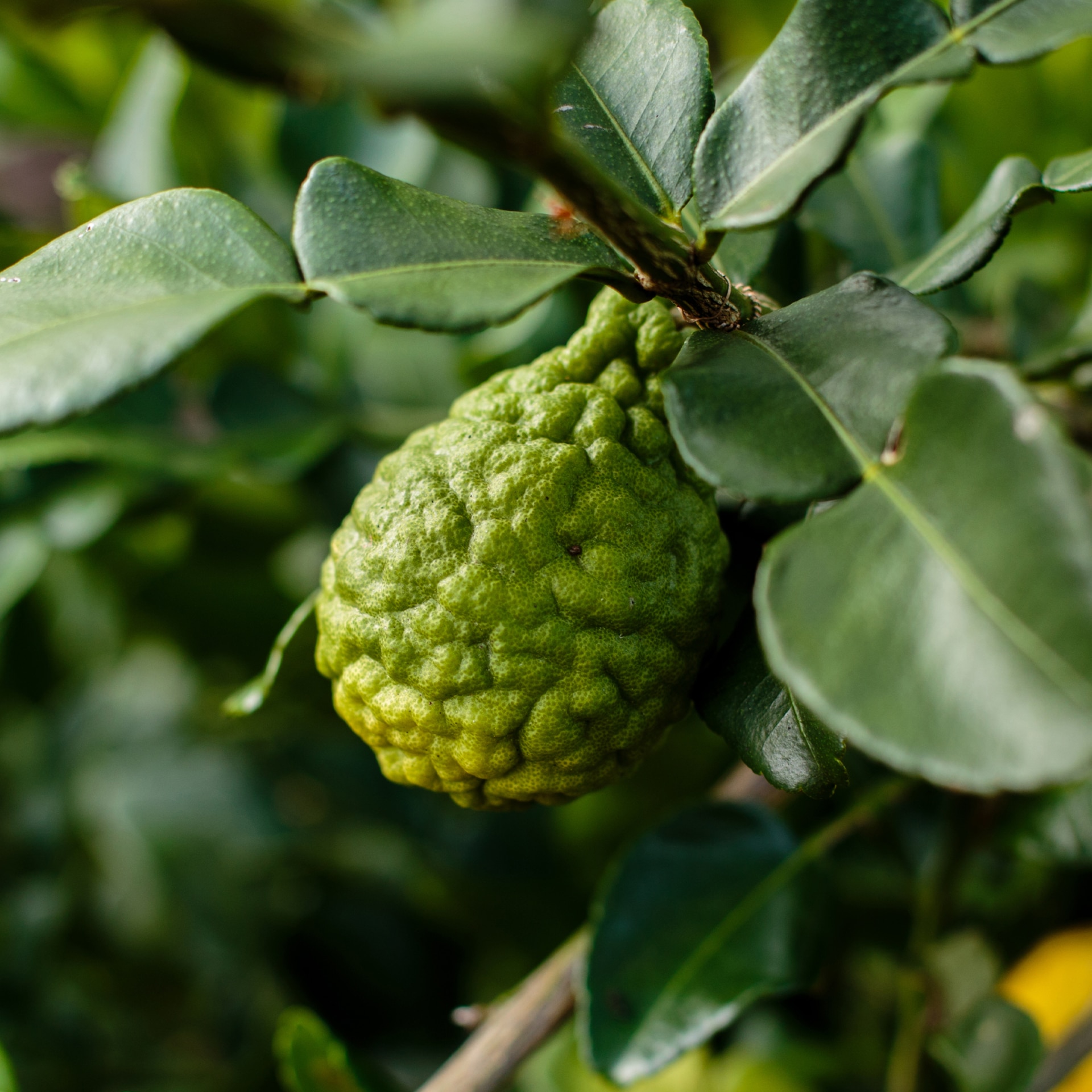
Kaffir Lime: A Citrus Full of Flavour and Benefits
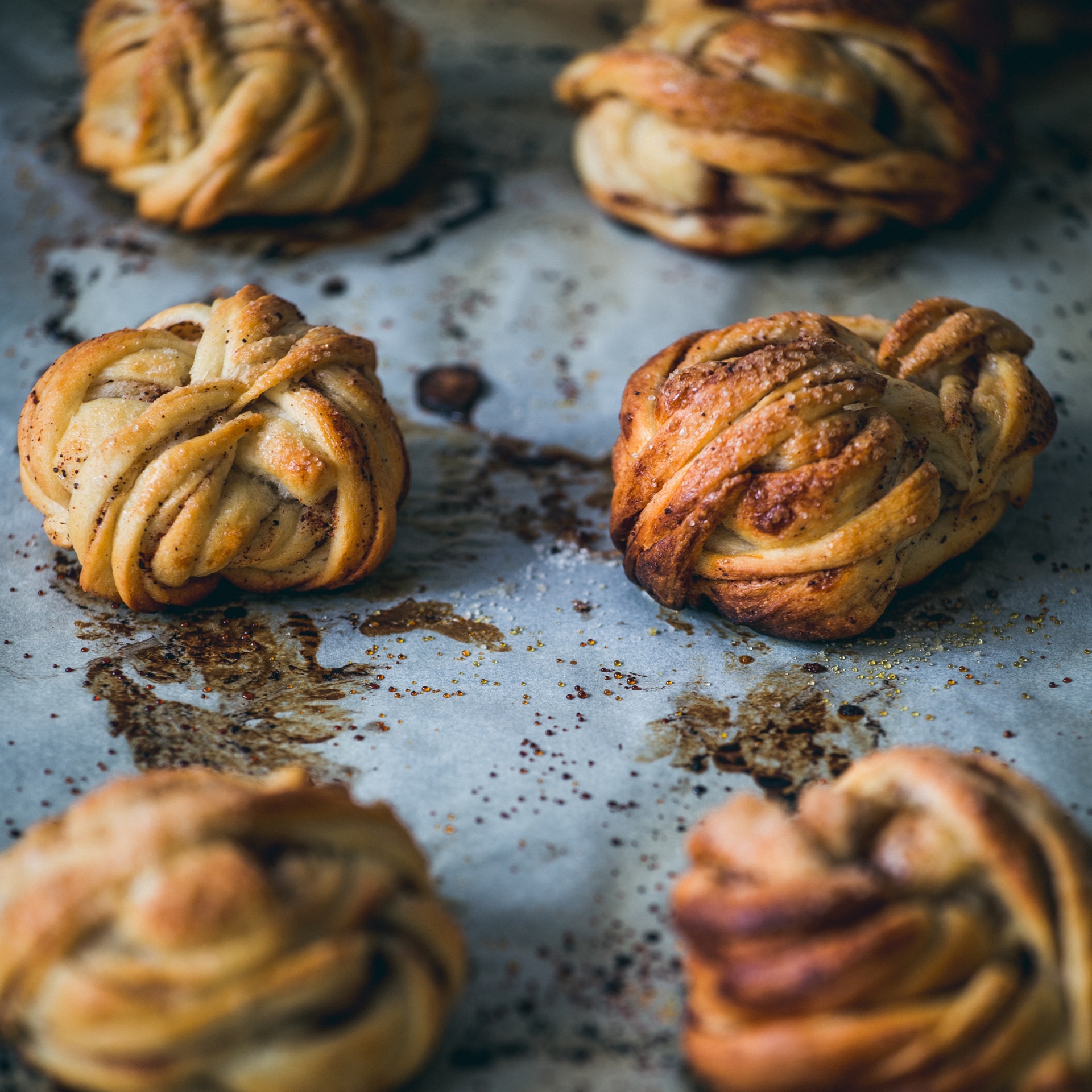
Which spices combine with bread recipes ?
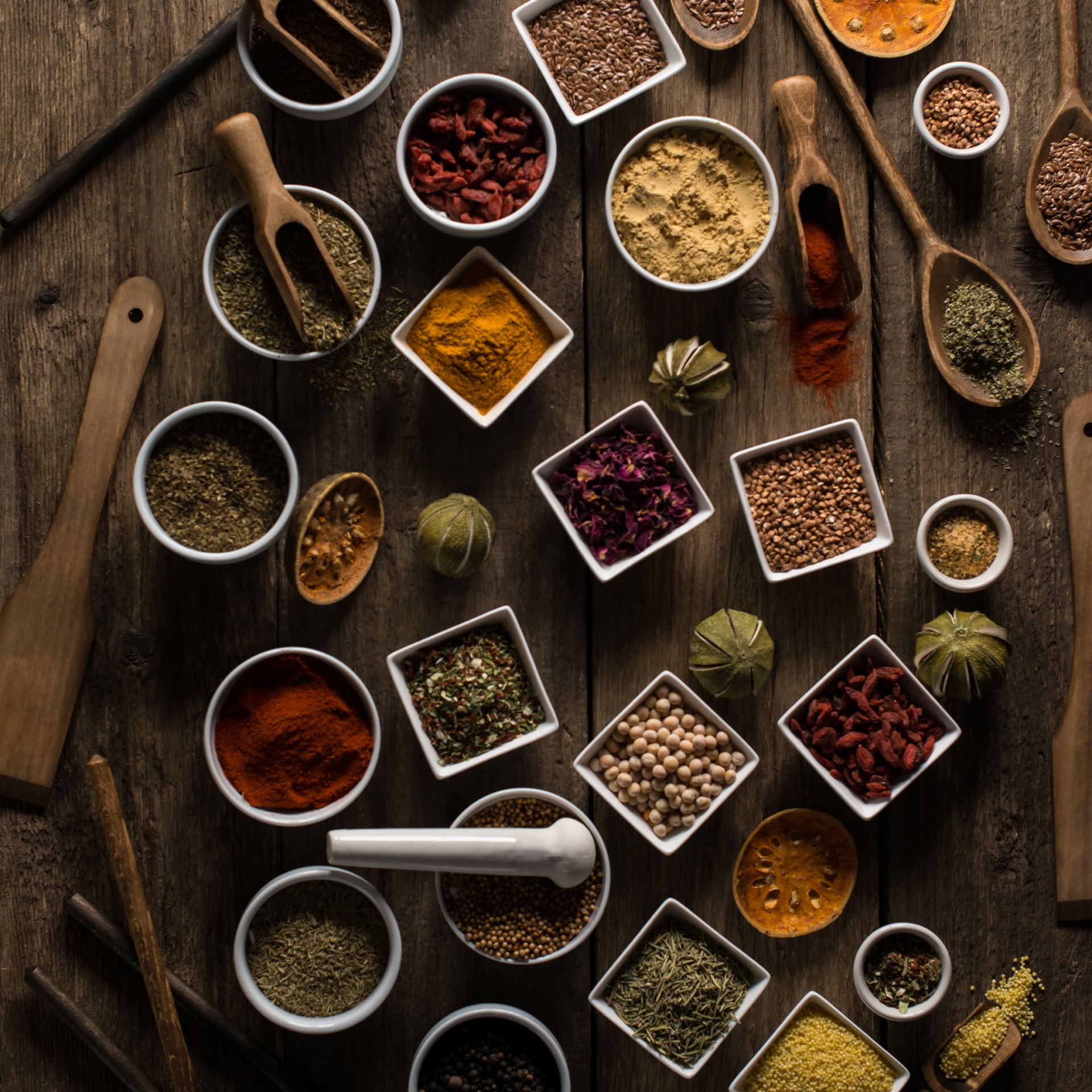
Complete Guide: How to pair Spices in cooking
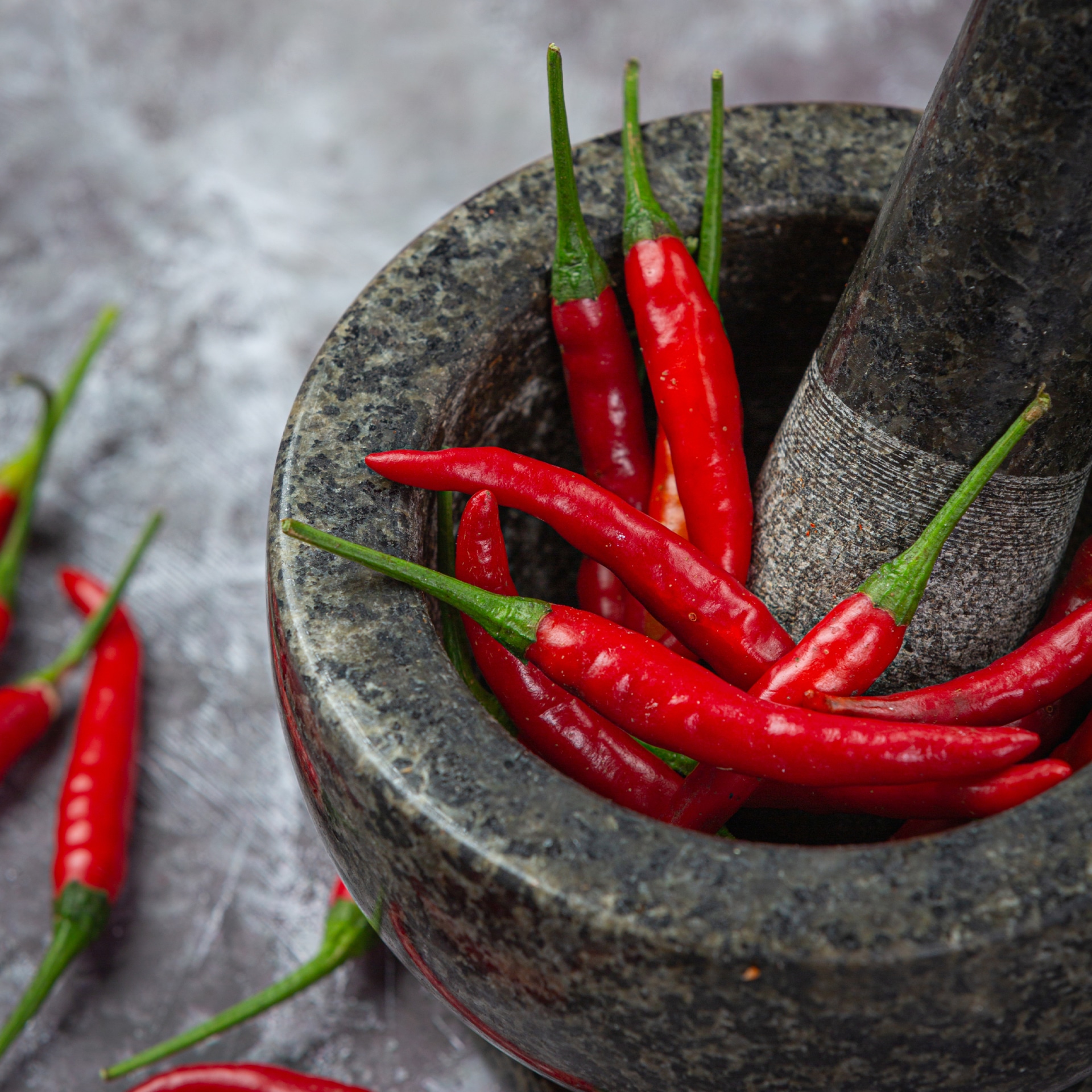
We tell you all about the Scoville scale : A complet guide
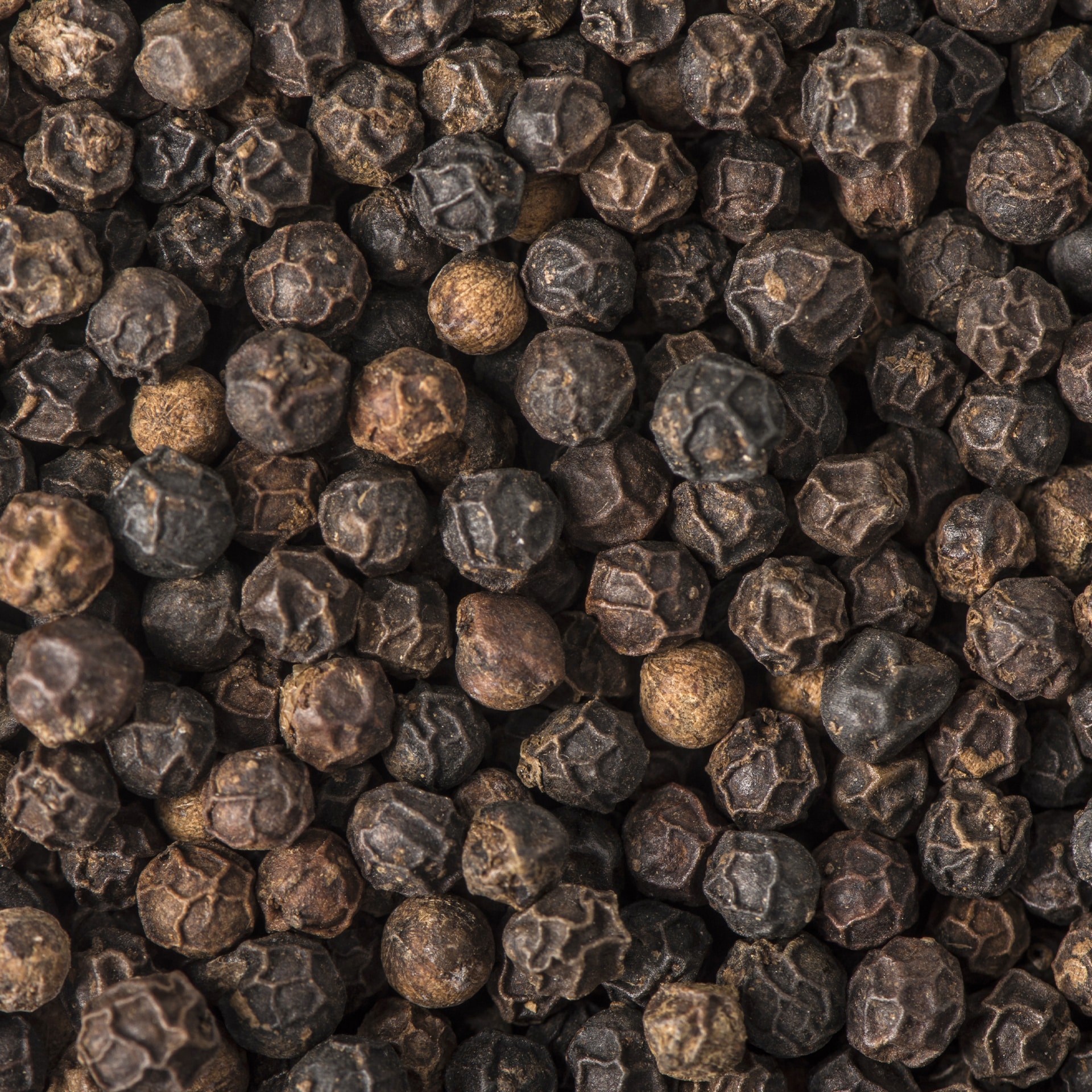
How to store your spices : Our ultimate guide
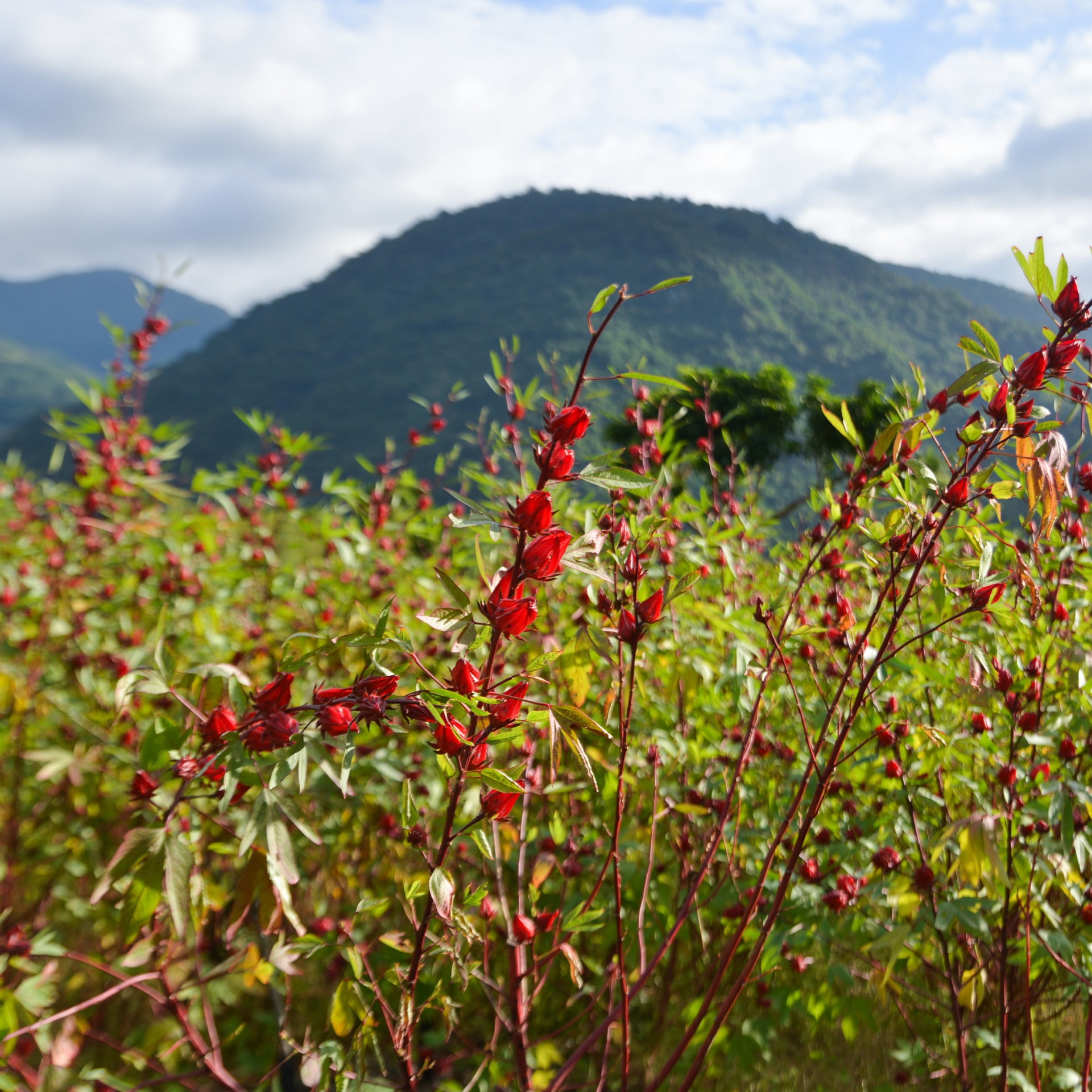
Hibiscus flowers : Spice of the moment
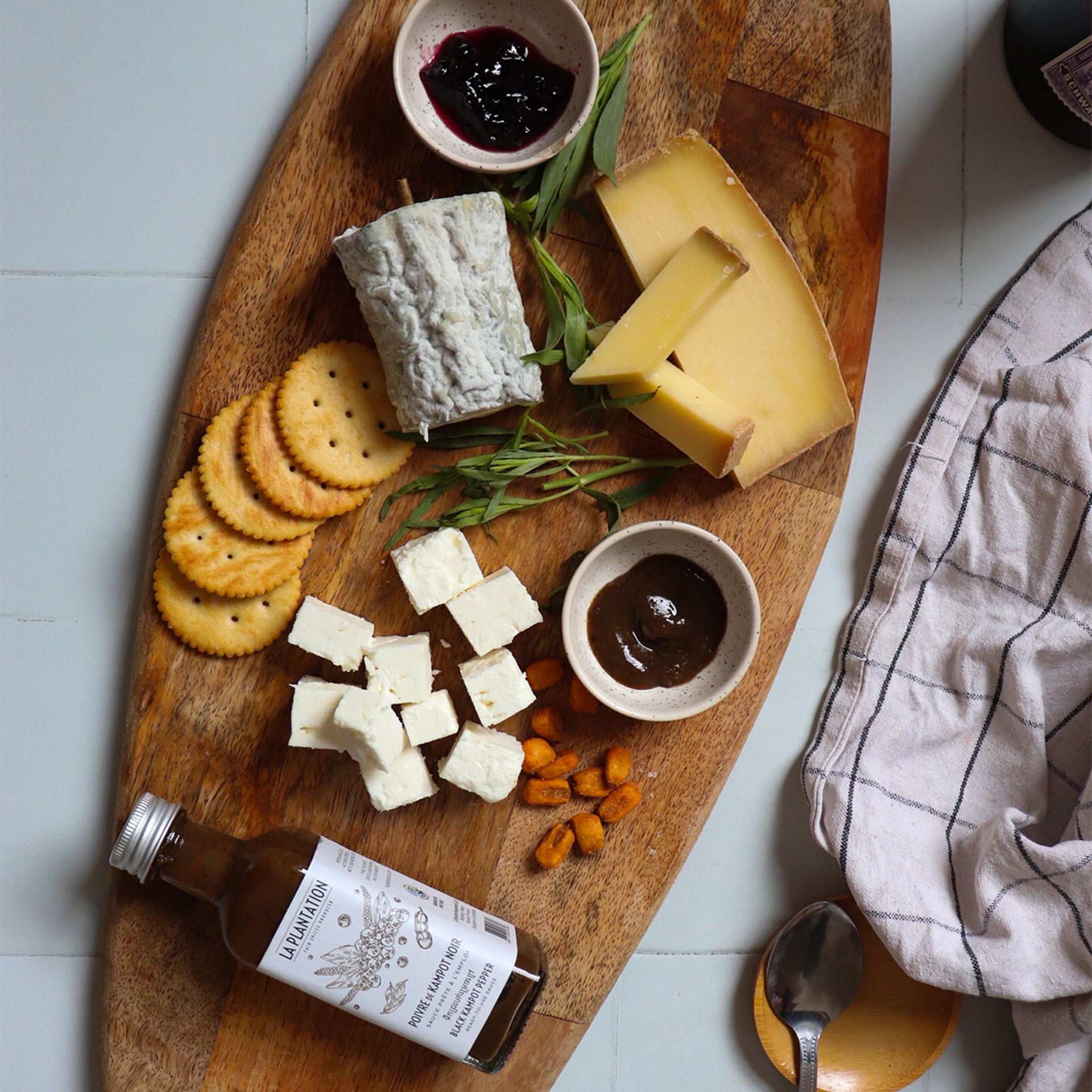
Our guide on how to combine Cheese with spices
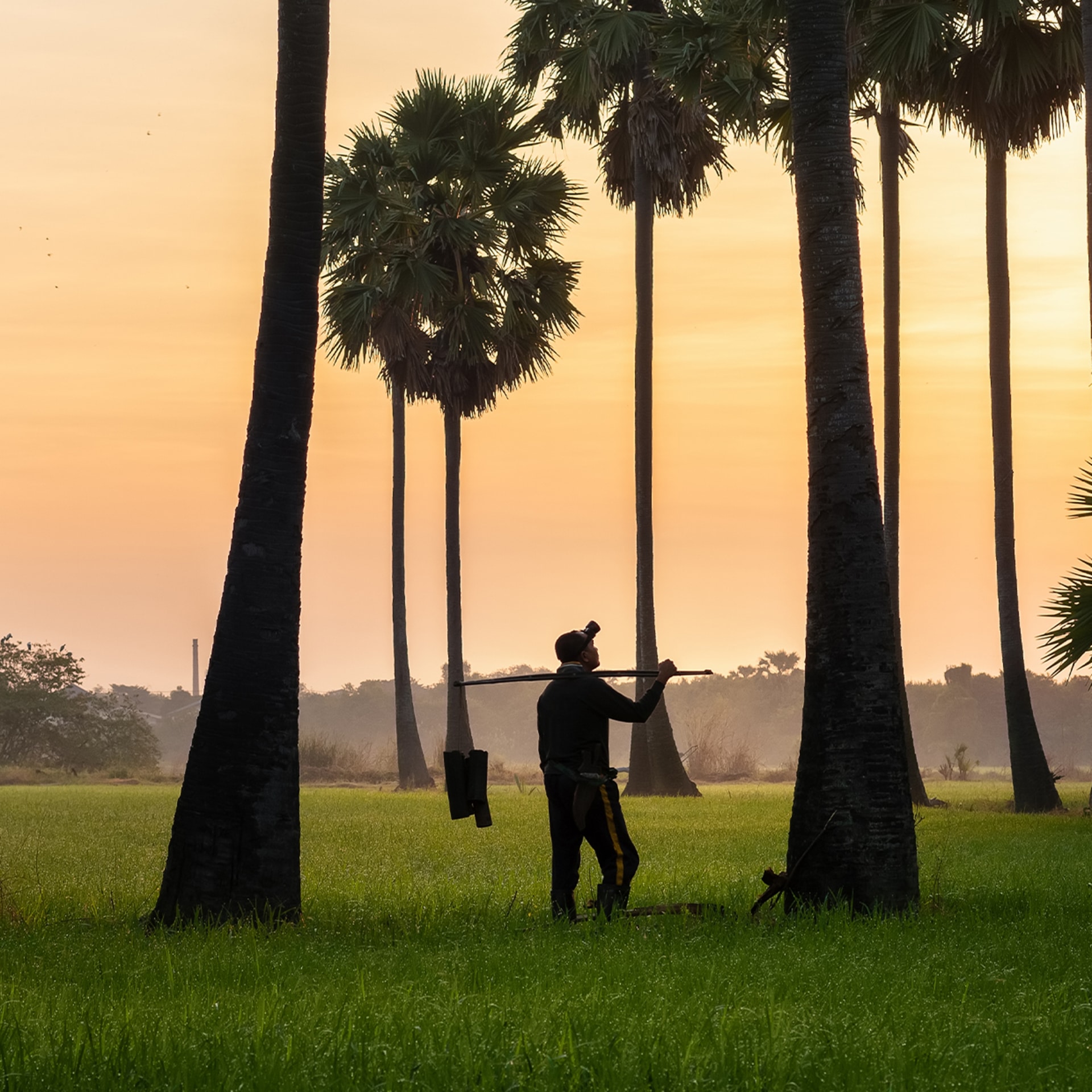
Fair trade : Definition, principles and implementation at La Plantation
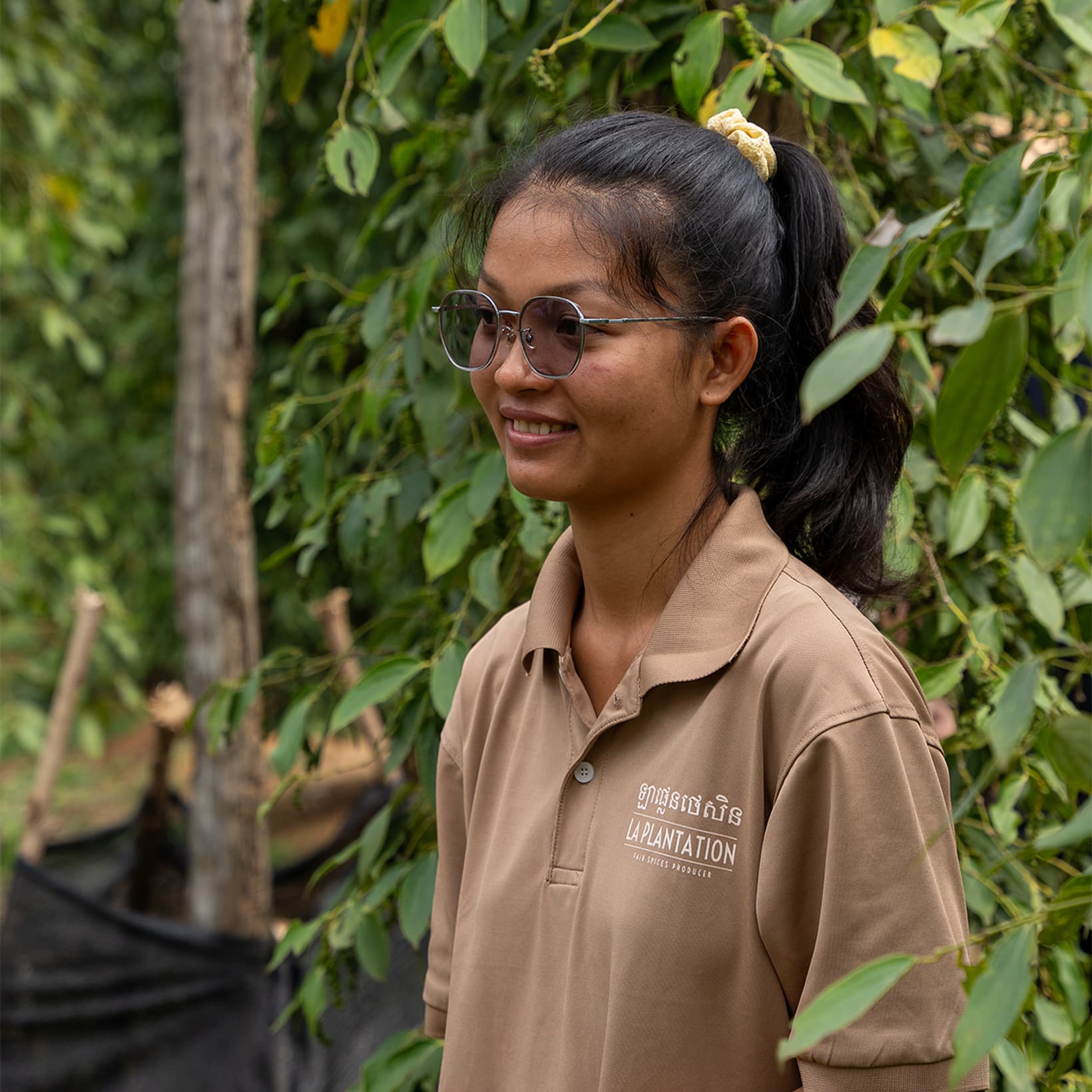
How has the role of women evolved in Cambodian society?

Bird’s eye Chili : Spice of the moment
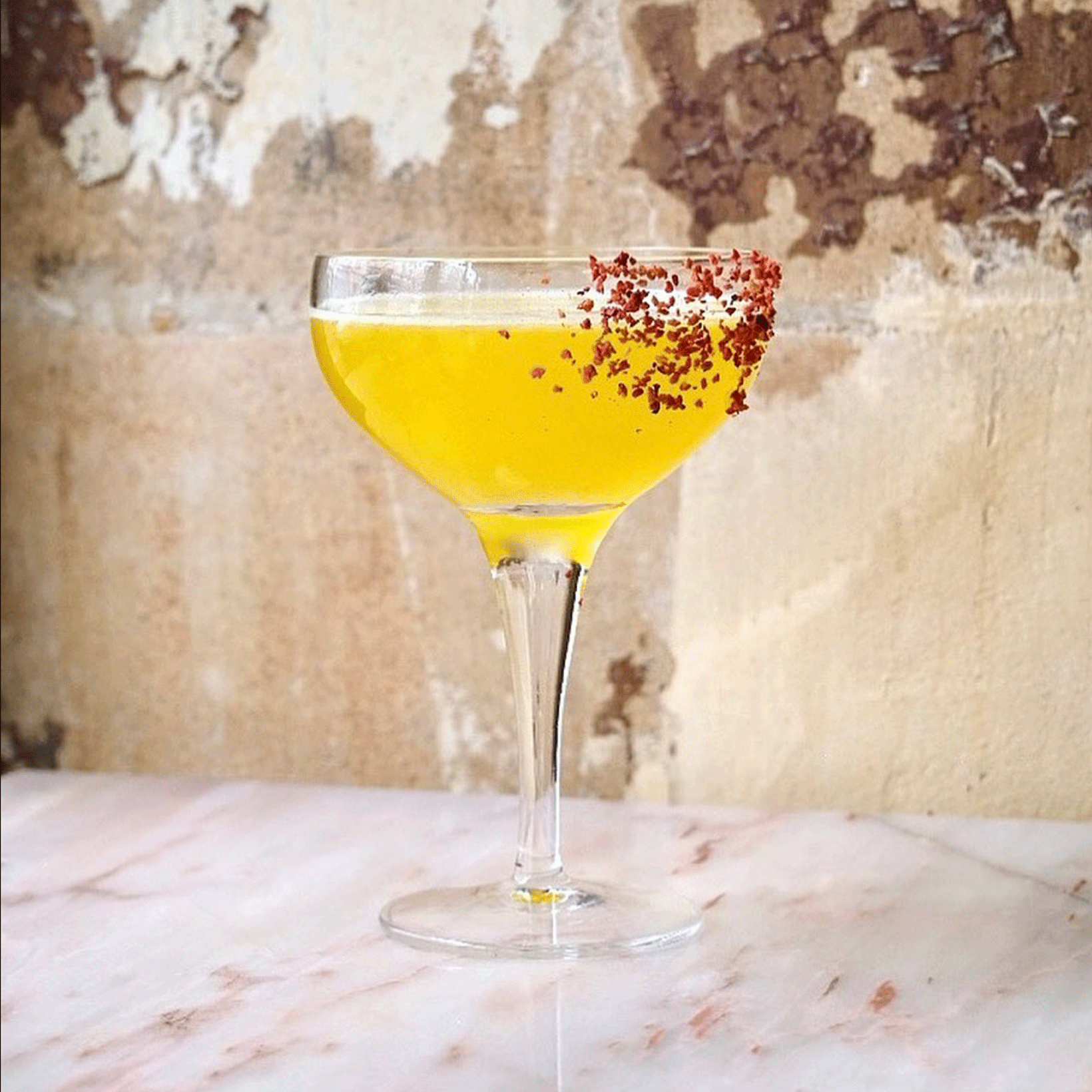
The art of mixology with Margot Lecarpentier
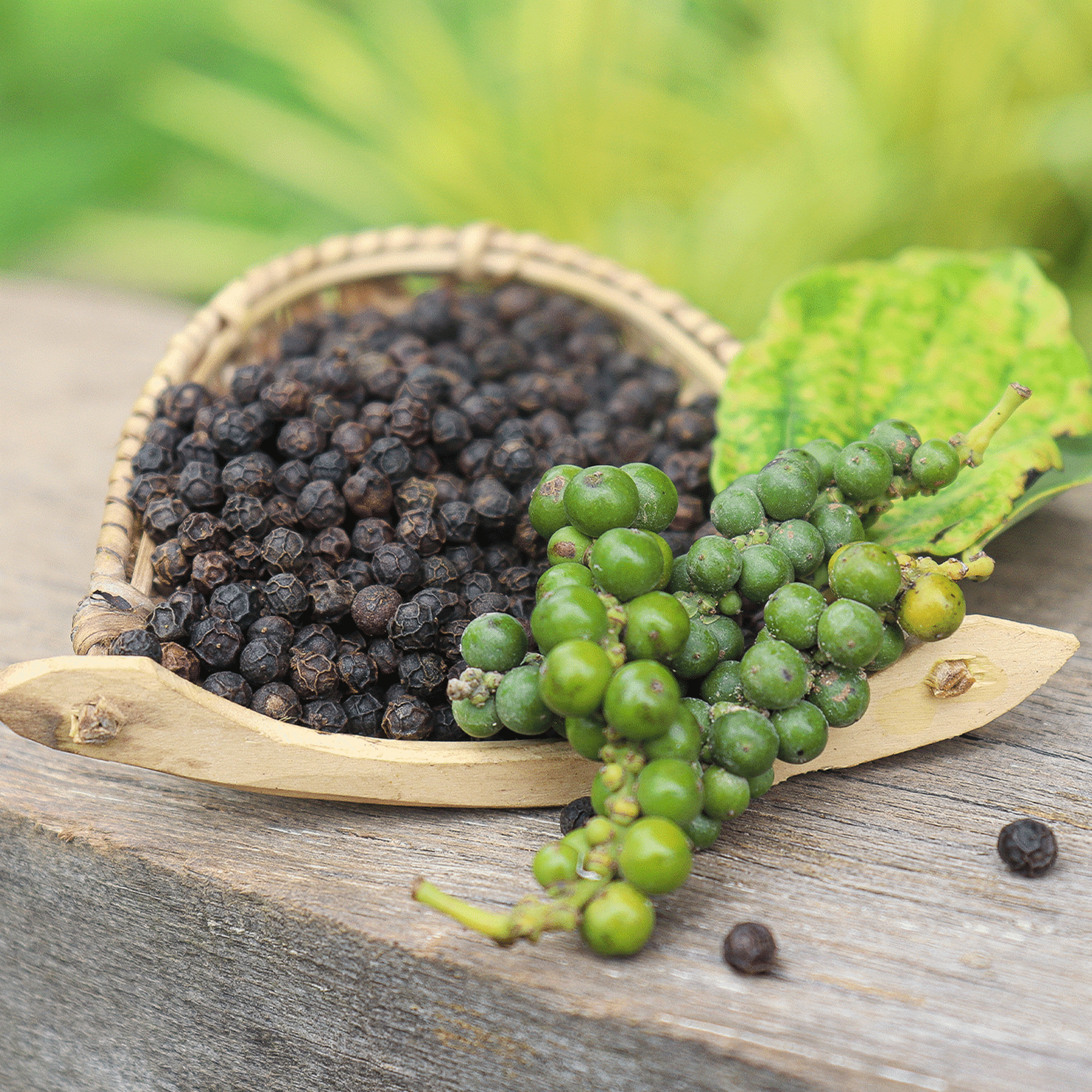
Kampot pepper: its health benefits and what makes it exceptional
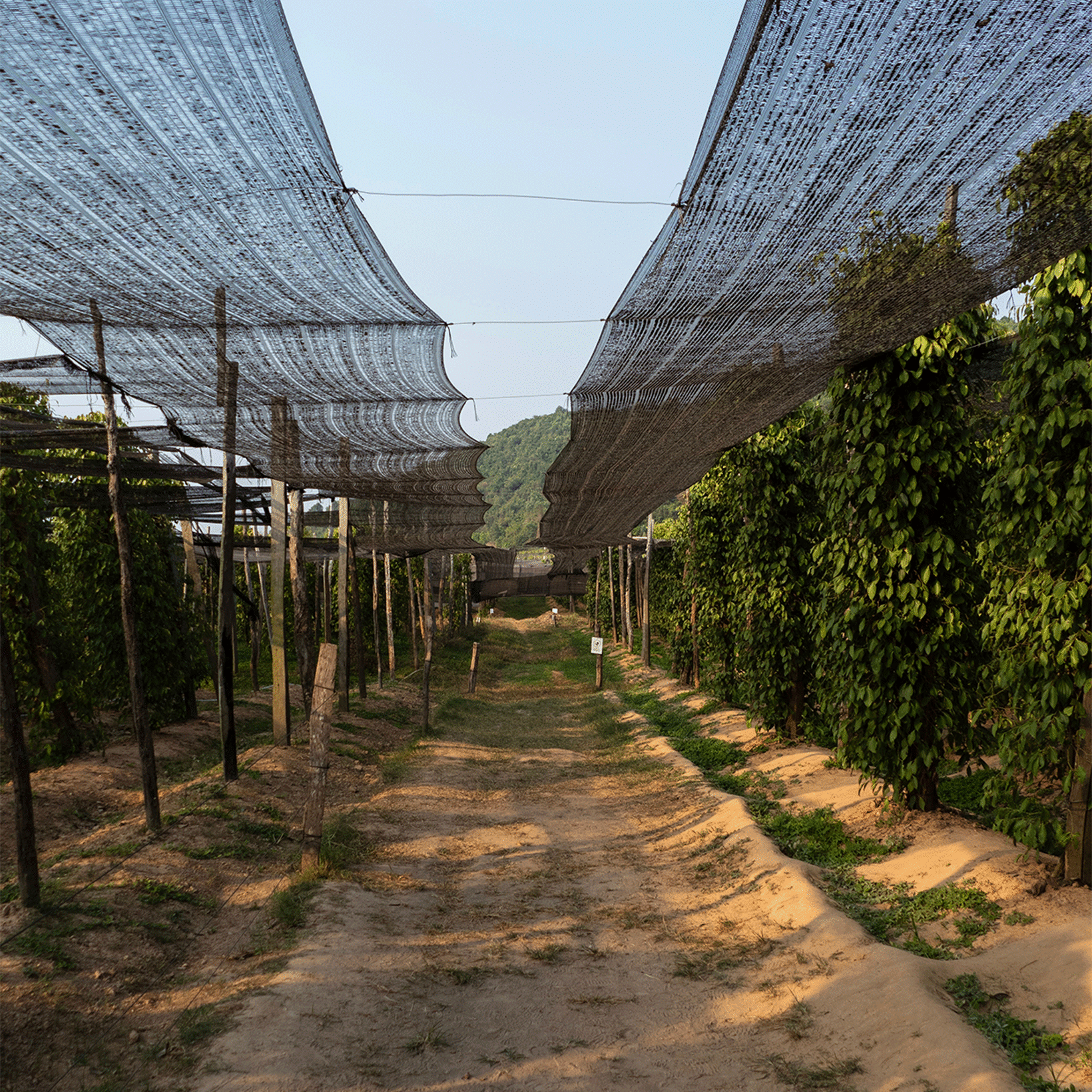
12 Years of La Plantation: Everything You Need to Know About Our Sustainable Journey
No results

Our Blog is the gateway to our universe, where earth, spices, and the passion for gourmet cuisine come together to create an unforgettable sensory experience. Get ready for a captivating journey into the heart of our organic spice farm and meet our passionate spice enthusiasts. New to the world of spices? No problem, our articles guide you to spice up your dishes throughout the year and create spicy feasts every day.


